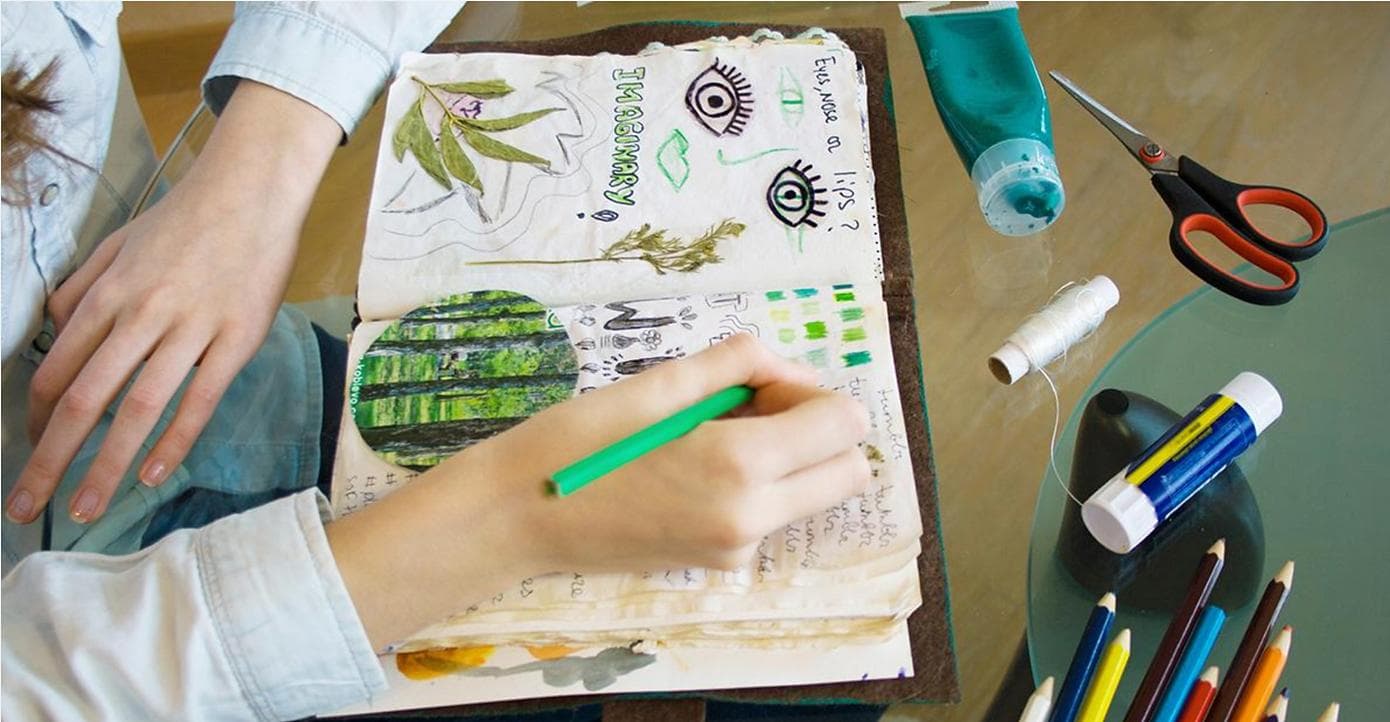Cultivating a Growth Mindset: Empowering Children to Thrive!
For almost two decades, educators have understood the powerful connection between mindset and achievement — when students believe they can learn a given subject, even a hard one, they tend to stick with it longer, and often actually do better, than if they believe they can’t learn or are simply “just bad at it.”
This suggests the role of mindset could be just as important in children’s overall health and development, according to research in the journal JAMA Pediatrics, supported by efforts of pediatricians and educational psychologists.

What is a Growth Mindset?
At its core, a growth mindset means embracing the belief that we can continuously learn, improve, and grow, no matter the obstacles we face. Picture this: a world where challenges are seen as opportunities, where failures are celebrated, and where perseverance reigns supreme. That's the essence of a growth mindset!
Having a growth mindset means being able to view your struggles as a chance to learn and grow. Those with this mindset see "failures" as opportunities to try again.
The opposite of a growth mindset is a fixed mindset. People with fixed mindsets feel their abilities and levels of intelligence and resilience are set in stone. When someone has a fixed mindset, they are more likely to refuse trying new things, avoid challenges, and become jealous of others' successes.
It can be helpful to discuss the brain and its remarkable ability to change, learn, and grow. Learning something new the first time is hardest. Your brain behaves like a muscle and gets stronger every time things are repeated. “Now that we know what a growth mindset is, let’s think about how this connects to our brain’s. Did you know you can grow your brain when you try new things and don’t give up when something is tough?”
Having a growth mindset vs. a fixed mindset is learned throughout one’s life, rather than being something we are born with. If you’re worried your child or teen is struggling with a fixed mindset, there are ways to shift their thinking such as with a growth mindset-based journal.
The Power of Perspective
Research has shown that when students believe they can learn and overcome challenges, their performance improves significantly. At Fledge, we recognize the profound connection between mindset and success, not only in academia but also in life.
Nurturing a growth mindset starts young, and educators play a crucial role in shaping children's perspectives. That's why we've compiled some fantastic activities to help you ignite the spark of growth mindset in your students or children. Let's explore them together!
Activity 1: Practice Switching from Fixed to Growth Mindset
Challenge your young learners to identify common fixed mindset phrases they encounter. From "I'm not good at this" to "I can't do anything right," jot them down. Then, encourage them to create alternative phrases that reflect a growth mindset. Remember, it's all about reframing the way we think!
Activity 2: Developing a Growth Mindset Through Journaling
Journaling is a powerful tool for self-reflection and growth. By engaging in thoughtful activities, inspiring stories, and creating illustrations, children can nurture their resilience, gratitude, and self-esteem. Encourage them to write about their successes, failures, and moments they wish had gone differently. Reflection is the gateway to emotional intelligence and self-awareness.
Activity 3: Reframing Mistakes as Opportunities
Mistakes are stepping stones to growth! Teach your little ones to celebrate setbacks as chances to learn and improve. In challenging moments, guide them to say, "This seems like an opportunity to grow our brains!" By creating an environment where failures are expected and celebrated, we build resilience and a hunger for growth.
Activity 4: Praise for Effort and Perseverance
Rather than praising innate ability, focus on commending resilience and problem-solving skills. Highlight the hard work and positive self-talk children exhibit. By connecting positive results with effort, we inspire them to take risks and value the journey of working hard. Remember, a little encouragement goes a long way!
Activity 5: Discussing Feelings and Shifting Perspectives
Open up conversations about how positive feelings stem from persisting through challenges and not giving up. Share personal experiences of feeling discouraged or overwhelmed and discuss the importance of shifting our thinking and attitude. Let them know that we all need to practice and learn to develop a growth mindset.
Reminder to “Hit Pause”!
Exercising the brain can be difficult for children. When you, your student / child becomes frustrated, it is okay to take a break. “It’s time to give our brains a little rest. We’ll come back to this tomorrow!”
Use the Brain Breaks Activities if you feel a physical exercise could be beneficial in a moment of frustration.
The use of valuable growth mindset activities for children, which can be used at home, in the classroom, or as part of a homeschool curriculum for your children or students to:
- Develop problem-solving skills
- Embrace mistakes as growth opportunities
- Overcome fear of failures or setbacks
- Learn to face challenges with resilience


